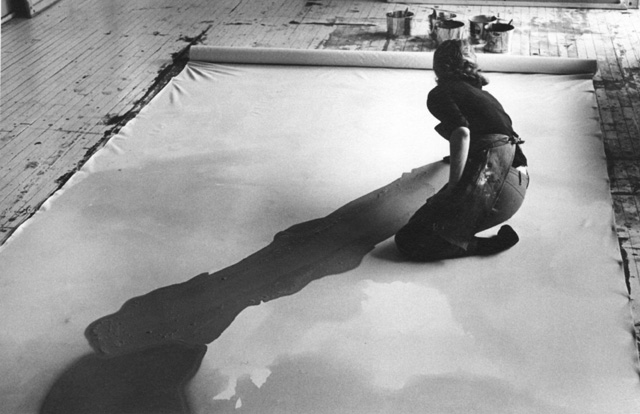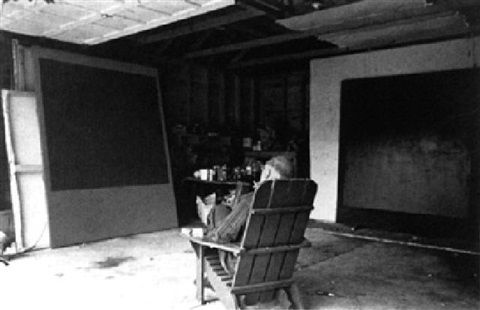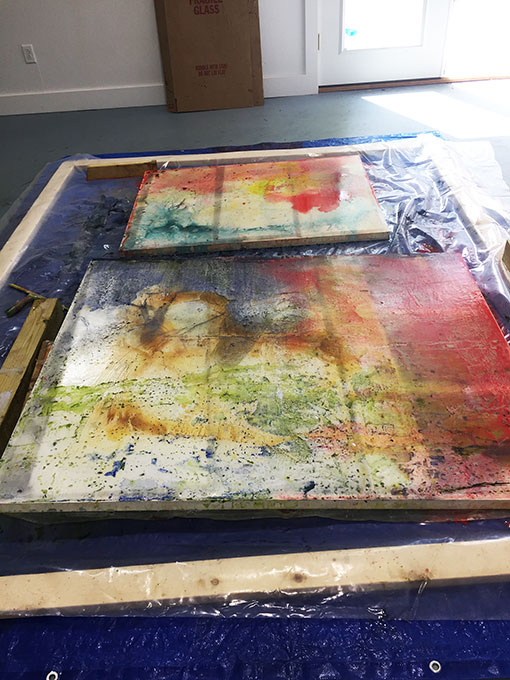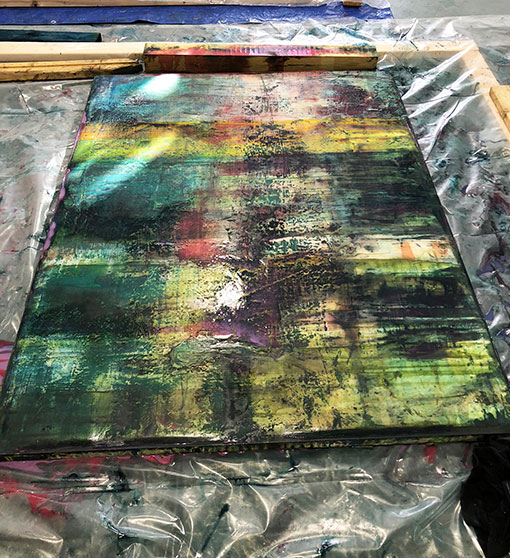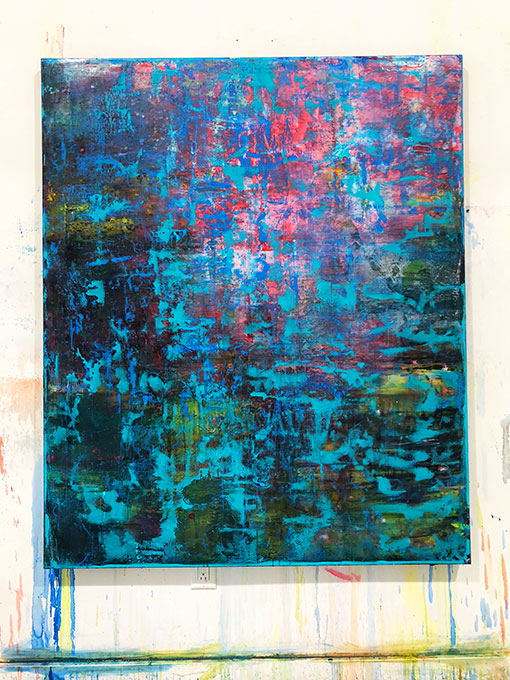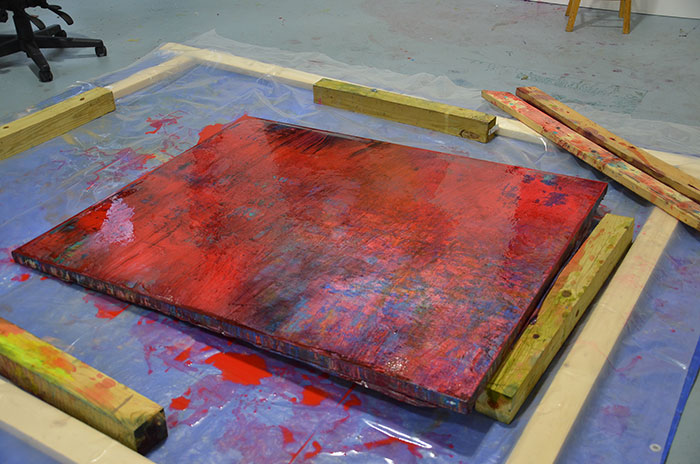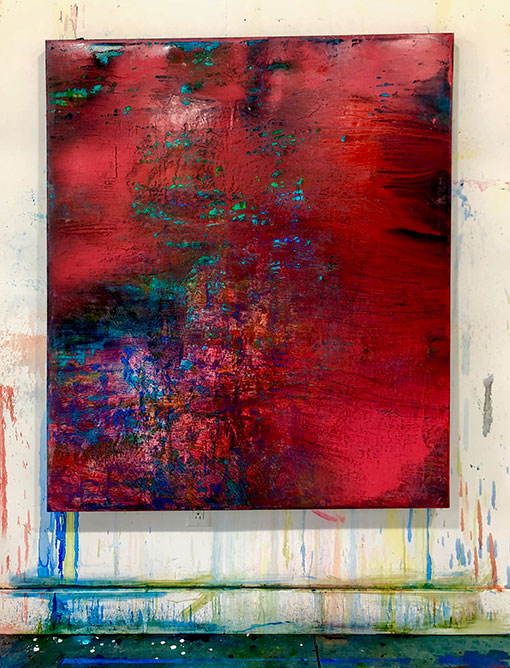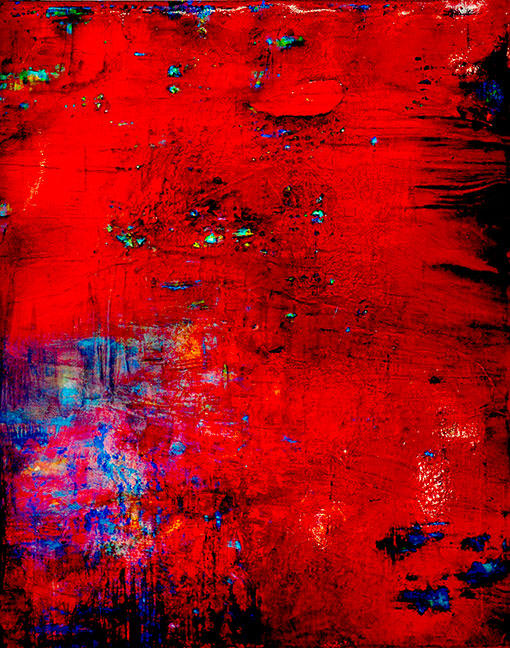This is a very brief introduction to Alchemy. Upcoming there will be a series of posts discussing details of Renaissance alchemy, the process of creating prima materia and works by Marcel Duchamp, Max Ernest, Leonora Carrington, Joseph Beuys, Sigmar Polke, Roni Horn and Anselm Kiefer.
What is Alchemy?
During Medieval and Renaissance periods alchemists endeavored to produce prima materia. Prima materia was thought to be the base material for the creation of gold.
The alchemists also searched for personal enlightenment and contemplation. The alchemist’s work in the laboratory was thought to purify chemicals as well himself.
Traditionally there were two types of alchemists. An alchemist obsessed with searching for gold and wealth was seen as a charlatan. The true alchemist used the laboratory to search for gold and philosophical meaning to raise human consciousness.
Modern and Contemporary Artist’s use of Alchemy
Twenty and twentieth century artists have incorporated alchemical principles in in their artistic practices. This has led to experimentation and innovation of materials and processes in the artist’s studio.
The use of alchemy in the artist’s studio today correlates to the practice of the philosophical alchemist represented in history. Simultaneously, some philosophical artists influenced by alchemy have achieved great acclaim. One might say the value of their creations has turned to gold.
Below are images of Abstract Expressionist artists utilizing alchemical principles to transform materials into paintings.
A well know image of Abstract Expressionist artist Jackson Pollack pouring paint and responding to the interaction of painting materials. This spontaneous physical application of paint is known as Action Painting.
Abstract Expressionist and Color Field painter Helen Frankenthaler slowly applying paint to raw canvas. Frankenthaler was one of the first artists to explore the interaction of paint and raw canvas. Previously painters prepared or sealed the surface before applying paint.
Mark Rothko in his Long Island Studio, 1964. Photo by Hans Namuth (image from parrishart.org)
Mark Rothko as he considered his large-scale Color Field paintings in process. Rothko’s approach was to slow down the painting surface by applying many thin layers of paint. Ultimately, Rothko created realms of the unknown for the viewer to enter and contemplate.
My relationship to Alchemy
I have a longstanding interest and use of alchemy in my studio practice. The studio becomes a laboratory to explore the interaction of materials. My use of alchemy encompasses both Color Field and Action Painting.
There is not a pre-determined image or destination when a painting is started. I try to work in equilibrium and respond to the action of pouring and the random manipulation of the painting surfaces. The painting responds to the “chance” of how the paint is poured while interacting with wax, resin, galkyd medium and the studio temperature.
A painting’s development in my studio is non-linear without a predetermined outcome. The dialogue with the work includes editing the work or creating “order” between layers of the “chance” created by the poured paint. This process enables me to arrive at a new destination in each work.
The edits in the paintings occur through acts of sanding, drawing, brushwork and consideration of the what has previously has occurred on the surface. These edits create a visual structure. Next, another layer of thin paint is poured interacting with the previous layer’s edits and new structure. This continual process is a catalyst for an ongoing dialogue with the painting’s development.
Below are six images of Long Pond #8 in process from July 2018 through completion in November 2018. As you can see the work explores many forms until it reaches its final destination.



